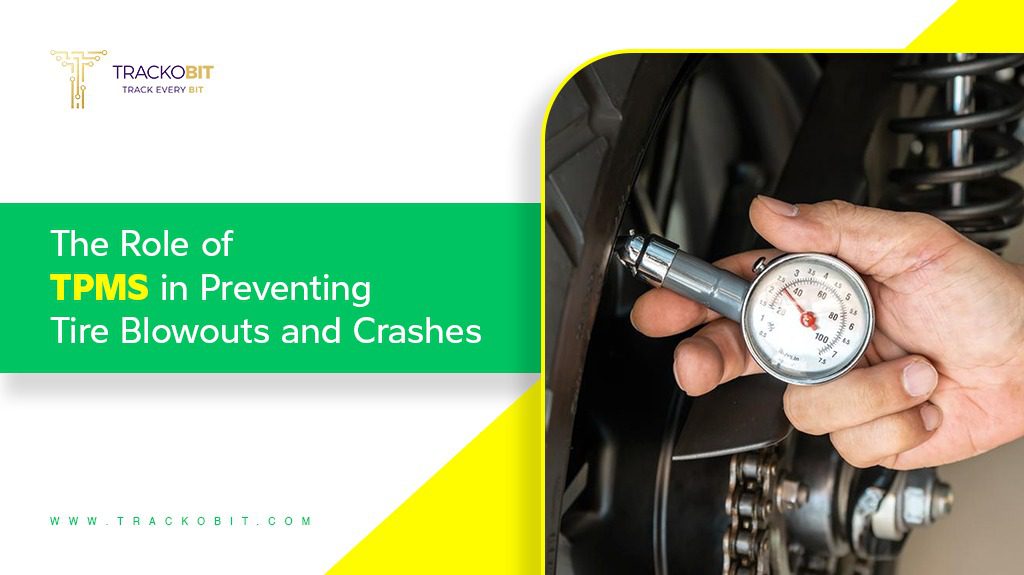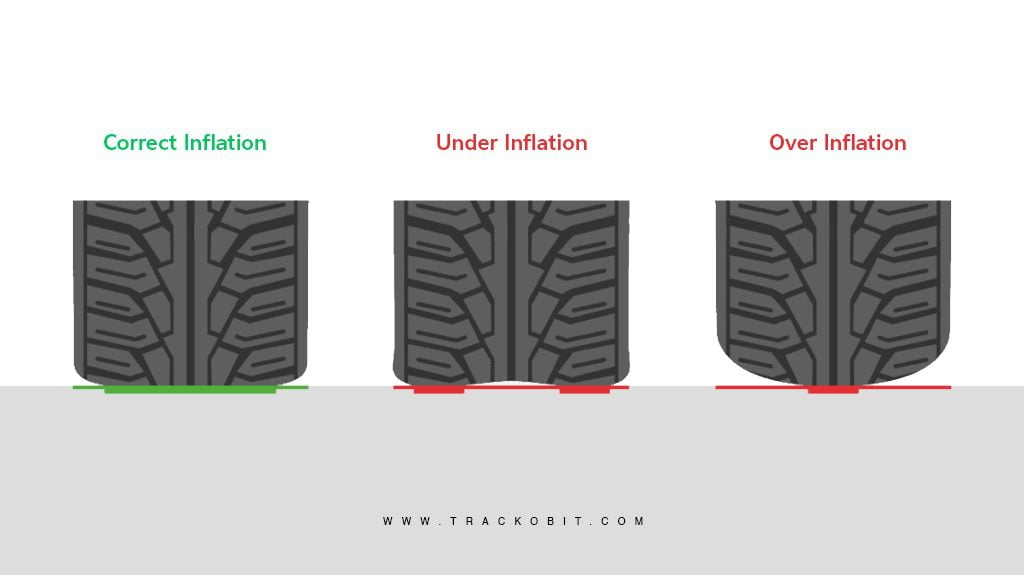-
TrackoBit
Manage commercial vehicles with the new-age Fleet Management Software
TrackoBit -
TrackoField
Streamline your scattered workforce with Field Force Management Software
TrackoField -
Features Resources
-
Blog
Carefully curated articles to update you on industrial trends. -
White Paper
Insightful papers and analysis on essential subject matters. -
Glossary
Explore an alphabetical list of relevant industry terms. -
What’s New
Get TrackoBit & TrackoField monthly updates here. -
Case Study
Explore the cases we solved with our diverse solutions. -
Comparisons
Compare platforms, features, and pricing to find your best fit.
-
About Us
Get to know TrackoBit: our team, ethos, values, and vision. -
Careers
Join the most dynamic cult of coders, creatives and changemakers. -
Tech Support
Learn about our technical support team and services in detail. -
Events
Check out the exhibitions where we left our marks and conquered. -
Contact Us
Connect with us and let us know how we can be of service.
The Role Of TPMS In Preventing Tire Blowouts And Crashes
- Author:TrackoBit Staff
- Read Time:5 min
- Published:
- Last Update: December 17, 2025
Table of Contents
Toggle
Explore how TPMS can do wonders in safeguarding your vehicles by preventing tyre blowouts, reducing road accidents and enhancing road safety by maintaining the optimum pressure in tyres.
Table of Contents
Toggle
When we talk about our vehicles in front of people, we often praise their design, appearance, speed, mileage and n number of factors but tires. These rubber companions are the constant pillars that carry the entire load of the vehicle on their shoulders. Which is why it is important to ensure their smooth functioning. How do we do that? By maintaining their optimum pressure range. But what happens when we neglect that?
In this blog, we’ll shed light on the critical role of tires, explore the factors that lead to tire blowouts and the role of TPMS in preventing tire blowouts and accidents. So, let’s begin
What are Tire Blowouts and what leads to them?
Tire blowouts are sudden events where a tyre loses its air pressure so rapidly that it causes it to burst. Some of the most common reasons for frequent blowouts are;
- Overinflation
So, the optimum tyre pressure range of every vehicle is different. If the air pressure in the tyres exceeds that range, it leads to overinflation of tyres. This overinflation reduces the traction force between the tyre and the road. The loss of traction causes the vehicles to lose their braking and acceleration abilities. Thus, increasing the risk of accidents.
- Underinflation
When the air pressure in tyres is lower than the optimum range, they become under-inflated. Which isn’t good for the vehicle’s safety either. This underinflation increases the rolling friction between the tires and the road. Over time this weakens the tyre’s structure and leads to a blowout.

TPMS to the Rescue
Tyre Pressure Monitoring System is a technology designed to monitor the air pressure in tyres throughout their journey. You can think of it as a sidekick to tyres who would protect it at any cost. It’s the epitome of teamwork between sensors and software units to determine the real-time air pressure in a vehicle’s tyres.
In cases where the air pressure suddenly exceeds or drops the recommended range, TPMS sends quick alerts to fleet managers and drivers ( in the form of trigger warnings, alerts and notifications) via the fleet management software. So that they can take the vehicle to the gas station and ensure that the pressure is maintained.
Types of Sensors in TPMS
There are two types of sensors in TPMS; direct and indirect. Imagine direct sensors as that person in a school project who does most of the work. These are the ones who are highly precise when it comes to measuring the tire pressure and detecting variations as small as 1-2 psi (pounds per square inch).
On the other hand, indirect sensors are not responsible for monitoring the tyre pressure. Instead, they use an anti-lock braking system wheel-speed sensor to detect that one tire is rotating faster than others.
Both of these sensors work hand in hand to ensure that the tyres are filled with optimum tyre pressure.
Role of TPMS in preventing tyre blowouts and reducing road accidents
In commercial vehicles, most road accidents happen due to reduced handling caused by over or underinflation of tyres. Here TPMS acts as a saviour. Let’s know how.
- Real-time air pressure tracking and instant alerts
A maximum of 3 to 4 sensors are installed in the vehicle. These sensors monitor the air pressure and send the data to the GPS trackers installed in the vehicle. The GPS trackers further convert the data into packets and send it to the software.
After receiving the data packets, the software compares them with the set optimum range of the vehicle. If the air pressure in the tyres is 20 to 30% less or more than the optimum range, the fleet managers get instant alerts. Thus, allowing managers to track tyre pressure in real-time.
- Analyze tyre depletion trends
With the help of TPMS predictive analysis of tyre trends becomes easier. Now, what is that? It’s the process of using historical and real-time data to predict future outcomes and trends. By analyzing TPMS data, vehicle data and environmental data, fleet managers can identify the trends leading to blowouts, or calculate the remaining tire life. This ultimately leads to an enhancement in their performance.
Industry Regulations and Standards for TPMS
Recognizing the importance of TPMS in preventing road accidents and ensuring jurisdictions across the globe have introduced strict regulations and compliances pertaining to vehicle safety. As per these regulations, the installation of TPMS is mandatory in new vehicles.
The point to note here is these regulations vary from vehicle to vehicle and their optimum pressure range. On the other hand, the industry standards for implementation ensure that this life-saving tech is adopted by commercial vehicle and private vehicle users alike. These standards emphasise the accuracy of TPMS sensors, ensuring that they efficiently detect changes in tire pressure and offer timely alerts to drivers.
Preparing drivers for TPMS
While TPMS can be a game changer for preventing tire blowouts and crashes, how effective it proves for your vehicle depends on how the drivers utilize this technology. So, the biggest question here is – are drivers ready for TPMS? They might not be. But one thing that can do wonders here is an educational campaign directed towards informing the drivers about;
- The importance of maintaining optimum tyre pressure.
- How do we interpret the trigger warnings in the right way?
- What immediate actions they should take after receiving the warnings?
- How conducting routine tire pressure checks can help avoid unexpected breakdowns?
- How does the recommended pressure range vary as per the vehicles?
Ending with a hope for a safer future
To sum up, tires define the smoothness of the sail/trip on the road whether short or long. TPMS emerges as a silent guardian by continuously monitoring tire pressure and providing early warnings.
Besides this, the industry standards and regulations recognizing the significance of TPMS have added some value to its authenticity. If this gets coupled with driver awareness, the technology will turn out to be a knight in shining armour for vehicles.
As we conclude our exploration of TPMS and its role in preventing tire blowouts and crashes. From now on, remember to give due credit to tires that keep your vehicle rolling, mile after mile.
And if you want to give your tyre good health for better mileage and vehicle performance, getting the custom Tyre Pressure Monitoring System is a must.
Get a Solution From Our Experts
We're not just a team but a collective force that makes this space come alive. Here, you'll find insights and inspiration from a variety of voices – our passionate staff members, expert guest contri... Read More
Related Blogs
-

When Tracking Needs a Clock: Rethinking Fleet Visibility
Tithi Agarwal December 24, 2025Read on to understand why fleet tracking works better when it follows working hours. Because visibility should support operations, not…
-

What Makes TrackoBit’s Video Telematics Software Truly Next-Gen?
Shemanti Ghosh December 17, 2025TrackoBit’s video telematics software blends smart video intelligence with full server control. The result? Superior fleet reliability and safety.
-

Plug, Pair, Perform TrackoBit Introduces BLE Sensor Integration
Tithi Agarwal November 26, 2025TrackoBit’s BLE Sensor Integration enables wireless, real-time monitoring with faster installs and accurate insights. It improves fleet efficiency, visibility, and…
-

How to Use Driver Behavior Reports as a Sales Hook to Close Big Fleets
Tithi Agarwal October 16, 2025TrackoBit’s driver behavior reports empower fleet providers to win big contracts by showcasing safety, efficiency, and measurable ROI.

Subscribe for weekly tips to optimize your fleet’s potential!
Your inbox awaits a welcome email. Stay tuned for the latest blog updates & expert insights.
"While you're here, dive into some more reads or grab quick bites from our social platforms!"Stay Updated on tech, telematics and mobility. Don't miss out on the latest in the industry.
We use cookies to enhance and personalize your browsing experience. By continuing to use our website, you agree to our Privacy Policy.


































